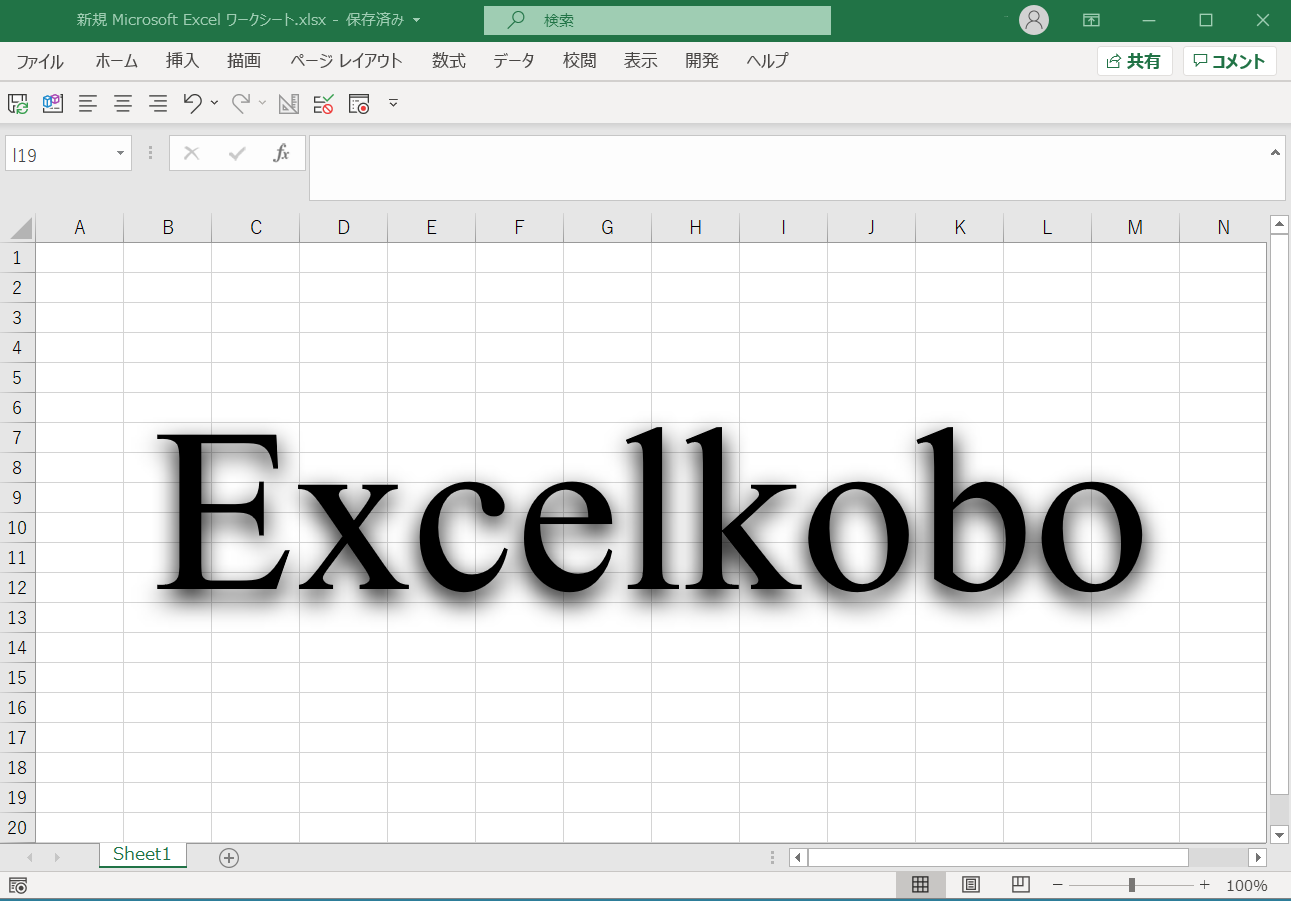Bach: Cantata No. 70 “Wachet! betet! betet! wachet!” / Nikolaus Harnoncourt
A cantata from the Weimar period, first performed on December 6, 1716, and reprised in Leipzig in 1731. The existing score is that of the re-performance. The opening chorus “Wachet! betet! betet! wachet!” is composed of trumpet, oboe, string ensemble, and basso continuo. The bassoon is also layered over the basso continuo throughout the piece. Following the intense bass recitative accompagnato (by trumpet, oboe, and strings), the alto aria “Wenn kömmt der Tag, an dem wir ziehen” is sung by the basso continuo and cello. The cello line is an ornamented basso continuo melody. The tenor recitative is followed by the soprano aria “Laßt der Spötter Zungen schmähen” sung by the string ensemble and the basso continuo. The melody of the aria is presented by the instruments in ritornello, followed by the soprano. The tenor recitative is followed by the chorale “Freu dich sehr, o meine Seele” which ends the first part of the cantata.
The second part begins with the tenor aria “Hebt euer Haupt empor” accompanied by a oboe and string ensemble. The oboe is an unison with the first violin. The instrumental tone and melody is joyful. In the bass recitative accompagnato (trumpet and string ensemble), the trumpet plays the chorale melody “Es ist gewisslich an der Zeit” accompanied by the raging scale of the strings. This is followed by the bass aria “Seligster Erquickungstag”. The middle part of the piece has a fiery arioso accompaniment, but the music returns to a calm tone at the end. The cantata concludes with the chorale “Nicht nach Welt, nach Himmel nicht”. #baroque #bach #cantata #片山俊幸 https://excelkobo.net/bachwerke/archive/BWV0070.pdf


